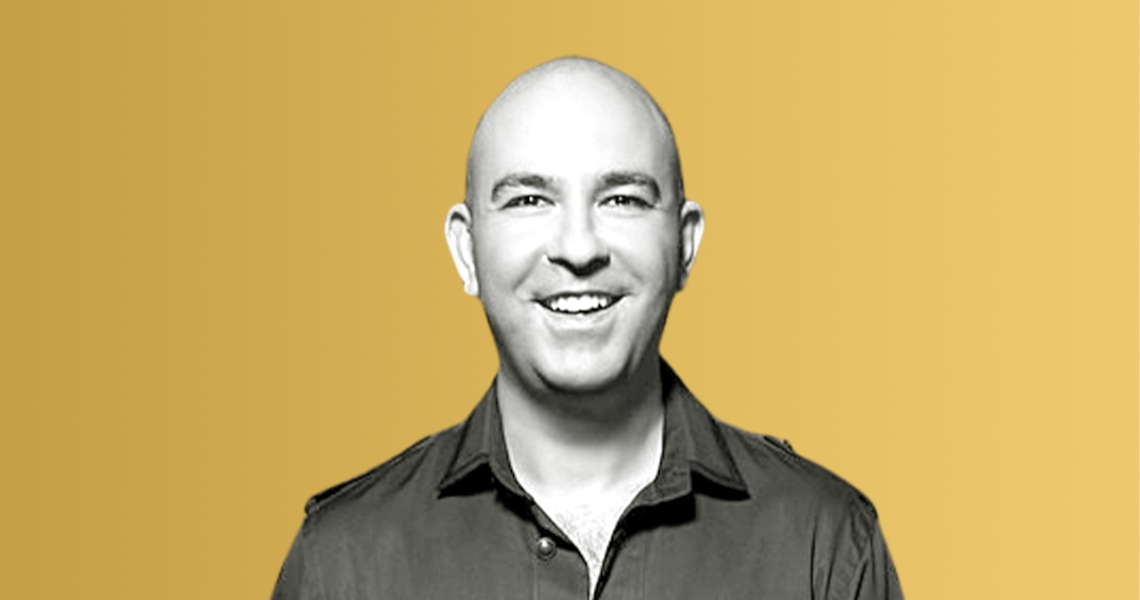This is an episode of the Glossy Beauty Podcast, which features candid conversations about how today’s trends are shaping the future of the beauty and wellness industries. More from the series →
Subscribe: Apple Podcasts | Stitcher | Google | Spotify
While many industries took hits during the pandemic, Covid-19 set the stage for brands within the wellness industry, like Uncle Bud’s CBD, to grow.
Customers “were coming to us not necessarily because of hemp and CBD, but because they wanted hand sanitizer. “From just buying hand sanitizer now we’ve gained a longtime customer,” said Bruno Schiavi, Uncle Bud’s CEO, on the Glossy Beauty Podcast this week.
Schiavi co-founded Uncle Bud’s in 2018 with Garrett Greller, a sufferer of arthritis since he was 14. “I wanted [Greller] to be the pillar of the brand,” said Schiavi, who added that his co-founder is “at the forefront of every campaign” along with mega ambassadors including basketball player Magic Johnson and actress Jane Fonda.
“We wanted Uncle Bud’s to be a brand for the people,” from 15 to 99 years old, said Schiavi. “We have everything for everybody, again, from pain relief to sun care to anti-aging, to pet products, [to] personal wellness,” ranging from $2.50 to $46.99 retail, he added.
Before launching the brand’s DTC site in January 2020, Schiavi ensured that Uncle Bud’s was “linked to big national retailers” like Walmart and The Vitamin Shoppe. This was largely for awareness, but also to combat the still challenging digital landscape that exists for hemp and CBD brands. As for the future, Schiavi hopes to expand Uncle Bud’s reach even further as he looks to increase penetration in China and launch in Australia.
“We have a strong plan for the next two to three years in terms of making sure that we grow our DTC business, making sure that we grow with the customers, and also expand with new customers,” ” said Schiavi.
Ad position: web_incontent_pos1
Below are additional highlights from the conversation, which have been lightly edited for clarity.
The importance of a layered marketing strategy
“You cannot rely on one platform. We do various things; we do display advertising, we have a great presence on Instagram and Facebook [through] our own accounts. We do in-store meet and greets with different customers, where we can explain the products. We do TV advertising through infomercials. [Marketing] comes from a lot of various different channels, but also word of mouth. When you try a product and it works for you, especially a beauty product or a pain relief product, you’re going to tell 10 or 20 of your friends about it. For us, it’s about making sure that we create a culture and a group of people that can trust the brand.”
A founder’s story
“I started my first company when I was 20 years old, out of my garage with my mom, basically using credit cards. I certainly didn’t have a handout. By the time I was 25 years old, I already [started] about five different brands, but beauty was something that I always wanted to get into. When I launch a brand, it’s about [filling] a whitespace in the market. I don’t want to come into a cluttered market and launch another moisturizer or another pain relief cream if there’s no story behind it. [Uncle Bud’s] started with Garrett because of his arthritis, because nothing worked for him. And that authenticity is what helps a brand thrive. If you’re starting a brand, go back to the drawing board and ask, ‘Why am I launching this brand?’ ‘What is the story?’ ‘What is the ethos?’ ‘Where are we going with the brand?’ If you have an answer for those questions, you’re going to be successful most times.”
The future of cannabis at retail
“Hemp and CBD still have a long way to go. Some mainstream retailers only want to be associated with hemp, or they’re comfortable being associated with CBD, but not in all areas. Some will not carry gummies as an example. We have a long way to go because unfortunately, sometimes you have companies out there putting products [out] that are not reputable and you can’t trace the origin of where it’s manufactured. As time progresses, retailers are going to get more comfortable with this. As a brand, especially in this arena [of] hemp and CBD, you can’t promise too much because that’s where it’s damaging. I always say if you’re not sure, do a lot of research before putting something out there because you don’t want to mislead customers and retailers.”




